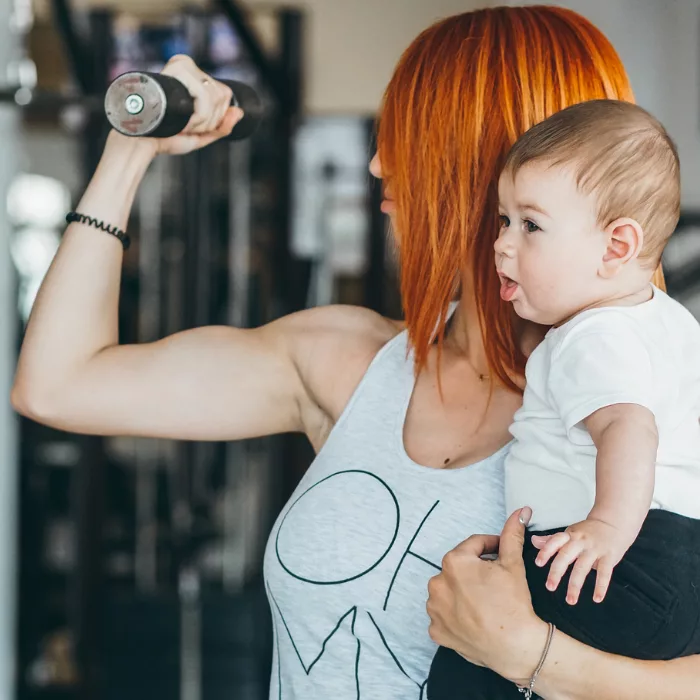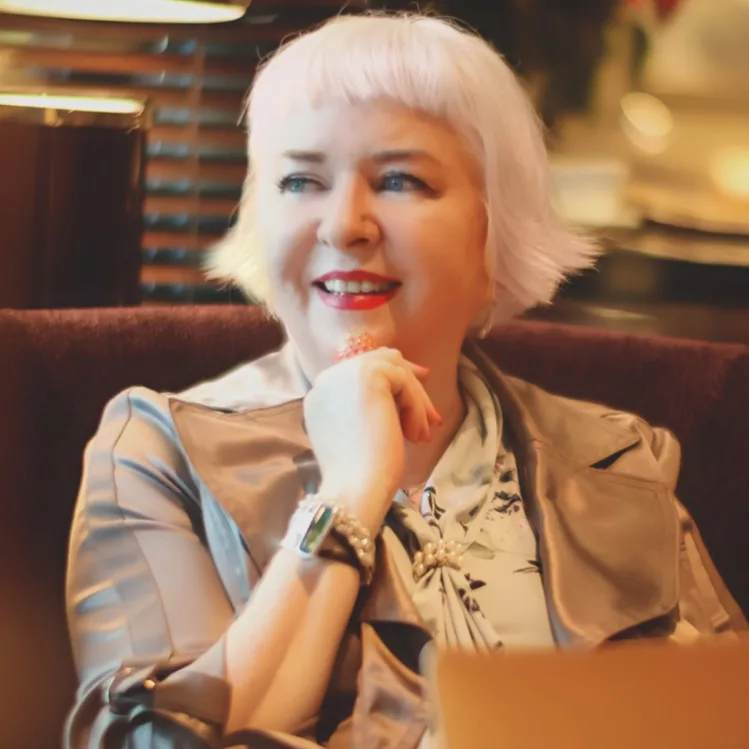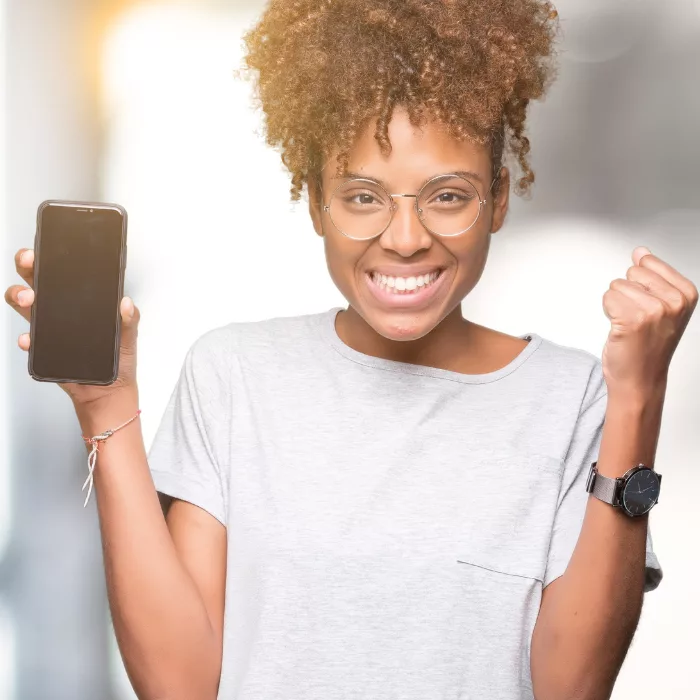
Dare To Be Different: Fashion as a Tool for Your Imagination
Jessica’s Background as a Creative Director began with her grandmother, sewing clothes in her living room in a small house in Italy. Jessica would watch fashion shows on television, dreaming that one day she would be the next big fashion label that could help to give something good to the world.
Jessica was unable to study as a fashion designer in Italy due to a lack of government funding, therefore she relocated to London to pursue her dream.
Jessica worked for 7 years in a Vintage Store on Brick Lane called “Atika London” where she learnt how to manage the store and how to curate the visuals of the shop. This included window dressing and shelf display. It was never completely satisfying because Jessica had a passion for expressing herself through fashion.
For this reason, she decided to pursue a degree at University of East London (UEL) and graduated in 2022.
She is currently running a Business and has been for 5 years.
As an artist, you will perhaps have a muse, defined as a personified force/source of your inspiration. What has proven to be the main fountain of inspiration in your design work? Did the same thing inspire your decision and commitment to a career in fashion design?
As an artist, anything can inspire me, whether it’s a stray piece of metal or the architecture of a building in central London. The main source of inspiration in my design is representing feelings; being an artist means being sensitive in a different way than other people; I always feel the energies around me more and deeper into my soul, which has been a problem for me throughout my growth.
I was confused and didn’t know or accept my power. I initially thought I was going insane, but after becoming friends with my thoughts and feelings, I decided to express my feelings through fashion.
I don’t consider myself a fashion designer; fashion and money are just tools that I use to express what my mind sees, my visions.
What drives my inspiration is what I experience in my daily life, which is why my commitment to fashion extends beyond the fashion world, as I would like to give help on saving the environment where we all live and try to solve the problems caused by the abuse of power.
Given that trends, as in one country, let alone in two, are only consistent if ever-changing, how do you stay up-to-date fashion trends in Italy and in London? What is the secret to your individual style and is an unorthodoxy also a part of it?
I keep up with fashion trends by constantly researching and informing myself through YouTube videos, reading on BOF, and watching every fashion show that emerges. I look at trends, and after all of my research during the day, I start drawing and playing with shapes and materials to see what they can be instead of how people usually use them.
Everything can be transformed in my mind, and my joy comes from discovering a new utility for something that is normally used for one purpose. My secret is to feel what my client feels; I almost become my client as a person and then build his specific look from there.
A question for you…I’m too sensitive, is it an issue or a power tool?
What challenges have you faced when creating window displays for vintage stores? How do you ensure a visually appealing look every time at uncommon and elite standards?
The most difficult aspect of doing the window display was convincing people to see the clothes as I see them. Finding a happy medium between stereotype and innovation has always been a challenge for me. I consider myself an innovator, but I also need to be understandable to others, so that is a challenge that I face in my designs every day.
I ensure a visually appealing look at uncommon and elite standards by impersonalizing my clients’ needs and finding a balance between my artistic mind and what they need as individuals. As I said, I become my client and my mind will be set up depending on their taste and giving them a bit of my artistic side—they discover a part of themselves they didn’t even know. I feed my soul with their resulting happiness after creating something that makes them smile.
What did you learn from your 7-year experience with “Atika London” that you do not think you would learn if you missed the opportunity?
What I learned from the 7-year experience in Atika was time management. My organisation skills. I couldn’t manage all my current life if I didn’t have that pressure in the past. I learned my power, what it was, and how to manage my artistic mind in order to be successful amongst others.
You can’t become successful by comparing yourself to others, you need to find that balance otherwise people run away from you and in my case, I lost many clients and the possibility for happiness.
How have you combined creativity and business acumen to come up with a project you are particularly proud of?
I had to use my superpower! Finding that previously mentioned balance was key.
Art in fashion is nothing if no one understands it or cannot wear it because it is too artistic; at least this is what I learned. To be successful with my business, because, at the end of the day, fashion is a business, I learned that you can be as creative as you want, but if people don’t feel comfortable with the design, they won’t buy. I have too many projects to ignore others’ needs.
I’ve been told several times that there is too much art in the window display, and as a little girl I failed to understand what they were trying to say.
I became frustrated and insecure, but as I grew older, I noticed this was a tool and enjoyed playing with it: Every day is a challenge, so make it a big one.
What experience did you gain from studying Fashion Design at the University of East London (UEL)?
I studied Fashion Design at UEL, and what I learned was how important it is to conduct proper research in order to create designs that tell a story.
You can’t even imagine how much goes into the creation of a Collection.
I learned how to educate myself in not disrespecting other cultures by designing something that may offend other cultures, and how important it is to conduct research before creating a full look! I enjoy being provocative, but I must be aware that what I think can be harmful.
I want to spread strength and positivity through my designs after a difficult period in my life.
How do you stay organized and meet deadlines when working on multiple projects?
I’m not very organised in that regard. That’s the funny part and the most stressful part for me, because people will see the final design but what happens inside my mind is the real deal…
I always respect my deadlines, but you should avoid being around me during the process or be of a strong character during this time. That’s because my anxiety is loud during this period. I know how to manage people and events well, but I still don’t understand how to properly deal with myself.
I’m a freak, and I kind of like it that way!
In the next 10-year period, you may have plans or targets unlike any before. Would you share one particular vision you have for the future at this stage?
In the next ten years, I hope to have a business that will allow me to learn more and help organisations such as “Good Clothes Fair Pay” that demand a living wage for the people who make our clothing in other countries.
I’d like to help “refugee council” protect vulnerable children fleeing violence and persecution and provide them with the home we all deserve.
I would like to invest more in recycling manufacturing equipment to help improve the environment, as well as in educational programmes that educate children about a greener future, similar to the organisation “Washington Green School” in America.
If I could, I would like to find a cure or work for programmes that help people with bipolar disorder without medication because it is a disease that has permanently marked my soul.
I’ve always been fascinated by how our minds work, and I’m constantly studying human social behaviour, so I’d like to contribute to this area as well. As I previously stated, I do not consider myself a designer, but rather a freaky artist who thinks big-and-beyond to the point where I still believe we can be better as humans and as a planet. This endures even if my designs are provocative and strong—I am a positive soul willing to help others.
What is a secret or obscure, but definite trend you believe few have noticed in the fashion design industry that you can share today?
What I’ve noticed as a fashion trend this year are the oversized blazer and the use of large pockets on comfy trousers and mini cargo skirts, as well as the return of the grunge style.
Sheer dresses and laces are always a must for me, and they are just as trendy as the revival of 16th century farthingales, 17th century panniers, and 19th century crinolines.





